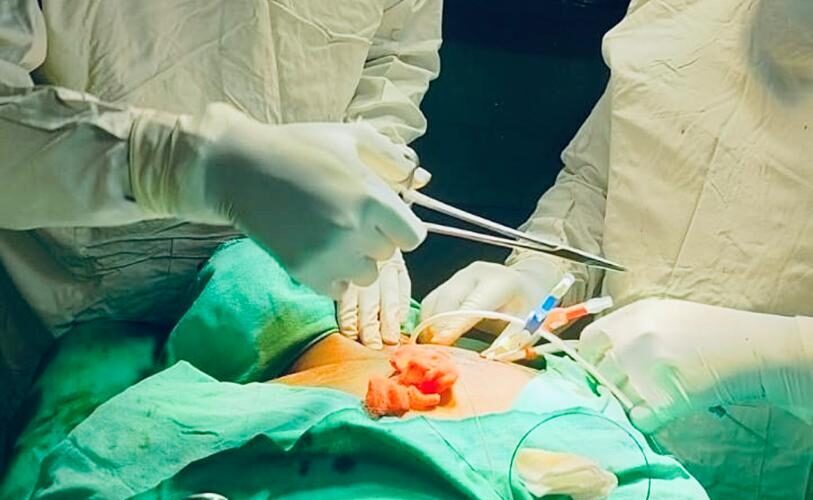TCV 90/91, opposite Patient Mitra Pharmacy, Opposite Ram Manohar Lohiya Hospital, Vibhuti Khand, Gomti Nagar, Lucknow, Uttar Pradesh 226010

Interventional Nephrology is a subspecialty of nephrology focusing on performing diagnostic and therapeutic procedures to manage kidney diseases and associated complications. It bridges nephrology with interventional techniques to improve patient outcomes, particularly for those requiring renal replacement therapies or complex vascular access.
Interventional nephrologists receive specialized training in:
Key Procedures in Interventional Nephrology
1. Vascular Access for Dialysis.
Arteriovenous (AV) Fistula Creation:
AV Graft Placement:
Catheter-Related Interventions:
2. Imaging-Guided Interventions
Ultrasound-Guided Procedures:
Fistulography:
Angioplasty and Stenting:
3. Dialysis-Related Interventions.
Peritoneal Dialysis Catheter Placement:
Peritoneal Dialysis Catheter Management:
TCV 90/91, opposite Patient Mitra Pharmacy, Opposite Ram Manohar Lohiya Hospital, Vibhuti Khand, Gomti Nagar, Lucknow, Uttar Pradesh 226010
nephrosapians@gmail.com
Copyright @ 2024 || Designed With 